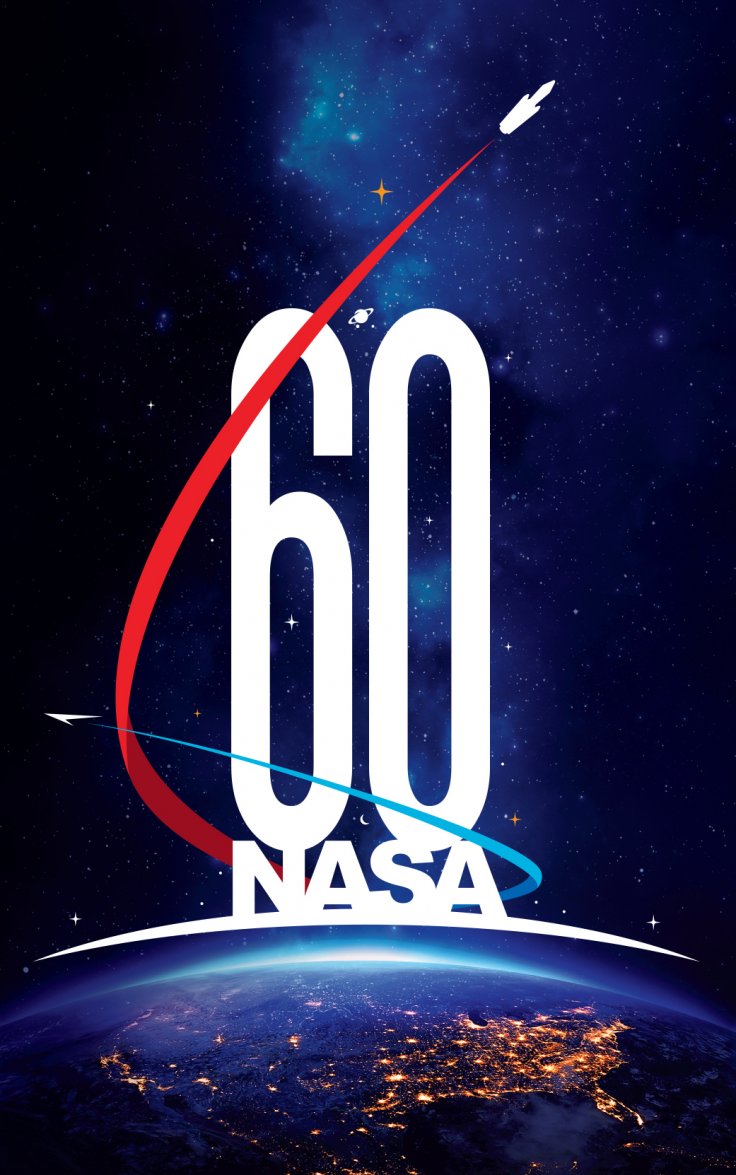
NASA is celebrating 60 years of its space exploration which started with the launch of its Explorer 1 satellite on January 31, 1958, from Cape Canaveral, Florida.
The Army Ballistic Missile Agency's Jupiter-C rocket launched the satellite developed by the Jet Propulsion Laboratory with scientific instruments developed by the University of Iowa. The satellite reached its orbit in seven and half minutes after its launch.
Explorer satellite was launched as America's first step in space exploration, as a fall out of the cold war with Russia, which had already launched its Sputnik satellites a year earlier in October and November 1957 gaining an upper hand in space exploration.
America's first satellite failed during its maiden launch in December 1957 as it exploded seconds after its liftoff.
Thomas Zurbuchen, NASA associate administrator for science had said, "Explorer 1 was a beginning. It was the beginning of going beyond our sphere of life out into space. At first, quite frankly, space looked like a pretty boring place. But the instrument that Van Allen and his team built showed that space is beautiful."
The instruments aboard Explorer 1 measured and sent back data on temperature, micrometeorites, and cosmic rays, or high-energy radiation for four months. The satellite had a Geiger counter developed by James Van Allen of the University of Iowa for measuring cosmic rays. The instrument had identified a belt of radiation around Earth which was later named after the instruments developer. Van Allen radiation belt is considered one of the first major scientific discoveries in the Space Age.
NASA launched the first weather satellite, the Television and Infrared Observation Satellite (TIROS) in 1960. Several other weather satellites were launched later by the US. The National Oceanographic and Atmospheric Administration (NOAA) operates monitor storms and other natural disasters using these satellites to provide critical data which helps to save lives and critical infrastructures.
The American space agency has designed and launched several other missions to study and explore Earth, space, other planets and the Universe. Several Landsat satellites were sent to monitor Earth's land masses and for wider applications including surveying crops health, freshwater and forest management and infectious disease tracking.
Nimbus satellites were launched beginning 1964 to measure the snow cover at the North and South poles, to estimate the size of volcanic eruptions and the distribution of phytoplankton in the oceans. It has also identified the ozone hole in Antarctica.
The Mariner 2 mission launched in 1962 to Venus started the voyage to other planets to study them through close encounters. It was followed by a series of space missions to other solar bodies. The New Horizon mission launched in 2006 will make its visit to a distant asteroid in Kuiper belt known as 2014 MU69 on New Year 2019. This asteroid will be the first distant host of a human-made spacecraft.
Meanwhile, the Voyager 1 mission has passed through the Kuiper belt boundaries into the interstellar space between stars. The Voyager 2 mission is currently traveling through the Heliosheath region in Kuiper belt. These missions were launched in 1977 for exploring unknown regions in the solar system and beyond it for aiding the future missions.
Several major NASA missions including the Parker Solar Probe to study the Sun's atmosphere and the ultramodern James Webb Telescope to travel to the unknown regions in Universe are planned to be launched by this year and next year. These missions will change our perception of the Sun, the Solar system and the Universe as a whole.









